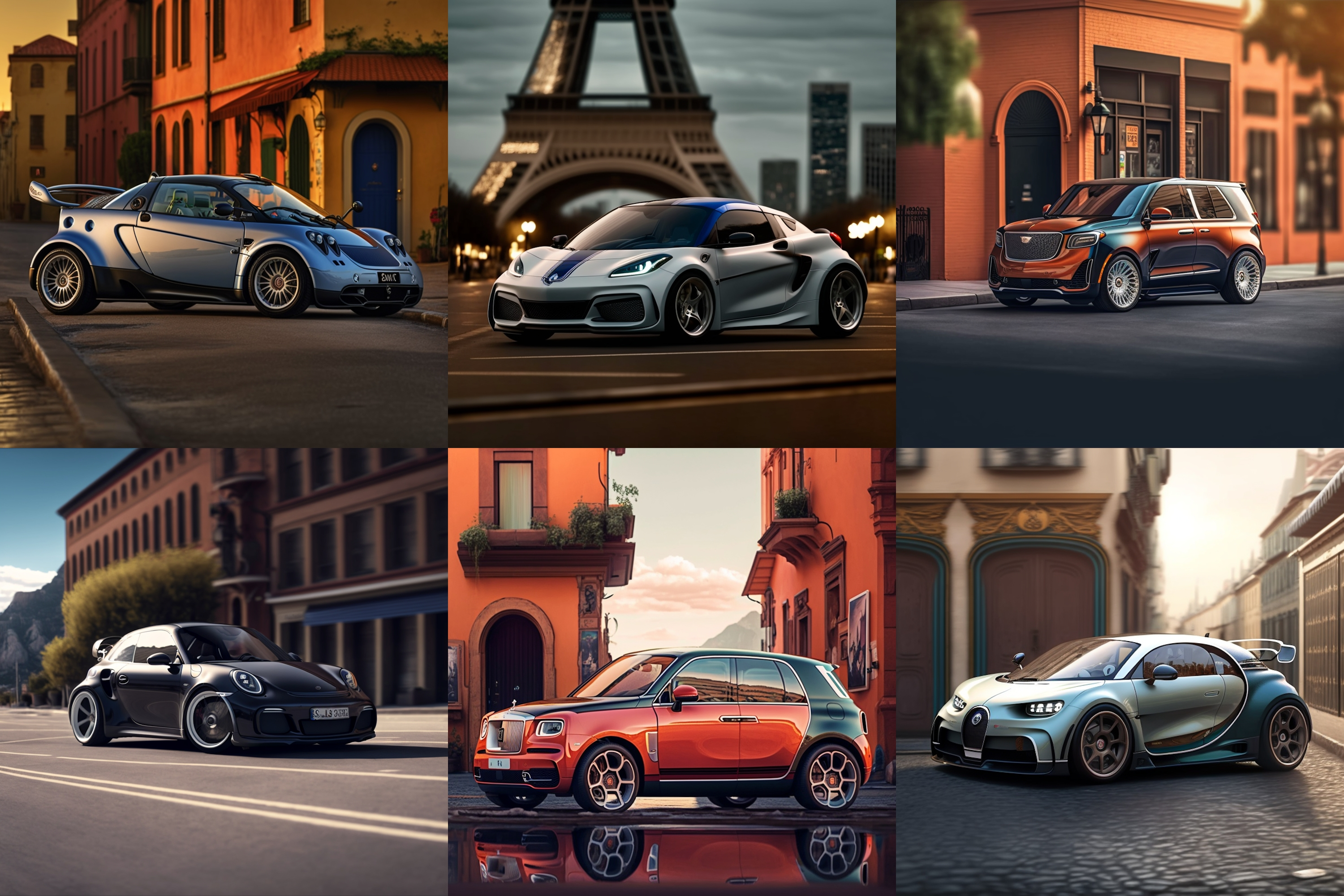Key Takeaways
- Koenigsegg Gemera will only have a V8 engine, with the 2.0-liter TFG three-cylinder engine being put on hold for now.
- The decision was made due to high demand for the V8 engine, with few customers requesting the three-cylinder option.
- The TFG’s Freevalve technology, which improves efficiency and combustion, could still have a future in other Koenigsegg models and beyond.
Remember the Koenigsegg Gemera’s Tiny Friendly Giant (TFG), the 2.0-liter twin-turbo three-cylinder engine making 592 horsepower and 443 lb-ft of torque? Well, the TFG is no more, as Christian von Koenigsegg has confirmed the Gemera four-seater hypercar will now be solely available with a V8 engine.
2025 Koenigsegg Gemera HV8
- Engine
- 5.0L Twin-Turbo V8 Plug-in Hybrid
- Drivetrain
- Four-Wheel Drive
- Transmission
- 9-speed Hydracoup Direct Drive
- Horsepower
- 2,269 hp
- Torque
- 2,028 lb-ft
Speaking on the Top Gear Magazine podcast during a factory tour in Angelholm, Sweden, Christian von Koenigsegg was asked about the take rate for the TFG three-pot versus the Hot V8 (HV8) engine announced as an option on the Gemera last year. “So, in a nutshell, they (Gemera orders) all turned into V8s,” explains von Koenigsegg.
“There were so few left that asked for the three-cylinder [that] we managed to convince almost all of them [to buy the V8].”
Gemera Will Be V8-Only “For The Time Being”
What that means is the most exciting three-cylinder engine ever destined for a production car has been put on ice. When asked if that means the Gemera will be V8 only, von Koenigsegg responded, “For the time being, yes.”

Add CarBuzz to your Google News feed.
That doesn’t mean it doesn’t have a future, though. “It’s still interesting; we’re still working on it,” admits von Koenigsegg, “and we might eventually do it in the Gemera as well, perhaps, one day, in some version.” But, it seems once Koenigsegg had shown potential buyers that they could have a V8, that’s what they wanted, echoing sentiments we’ve heard elsewhere that hypercar buyers don’t want ordinary engines; they want high-displacement, high-cylinder count motors powering their exotica.
|
Koenigsegg TFG 3-Cylinder vs. Hot V8 Comparison |
||
|---|---|---|
|
Tiny Friendly Giant (TFG) I3 |
Hot V8 (HV8) |
|
|
Engine configuration |
Twin-turbo inline-3 |
Twin-turbo V8 (hot-vee) |
|
Displacement |
2.0 liters |
5.0 liters |
|
Hybridization |
Dark Matter E-motor (789 hp/922 lb-ft) |
|
|
Horsepower (ICE) |
592 hp @ 7,500 rpm |
1,479 hp @ 7,800 rpm |
|
Torque (ICE) |
443 lb-ft @ 2,000-7,000 rpm |
1,106 lb-ft @ 5,000 rpm |
|
Combined Outputs |
1,381 hp/1,364 lb-ft |
2,269 hp/2,028 lb-ft |
|
Specifications are based on the final customer specification announced last year, not the original concept. |
||
Baby Koenigsegg ‘Eggster’ City Car Jokingly Teased
TG‘s host then suggested the 592-hp engine would be perfect for a Koenigsegg city car, which von Koenigsegg jokingly refers to as the “Eggster,” suggesting a potential sub-brand for the Swedish hypercar manufacturer. His hearty chuckle is the giveaway that this is nothing more than a flight of fancy, but it doesn’t mean we won’t see tech from the TFG engine in production.

Related
Turning Dream Cars Into Great City Cars: Iconic Models Get A Revamp
What if the biggest nameplates from Lamborghini, McLaren, Mercedes, Rolls-Royce, and more were reinvented as fast city cars?
Camless Freevalve Technology Has Huge Potential
One of the secrets to the nearly 200 hp/liter power density proffered by the TFG was its Freevalve technology. Freevalve, in case you don’t remember, was a tech pioneered by Koenigsegg that replaces valve actuation by camshaft with electro-pneumatic actuators capable of opening and closing the valves quicker and with greater accuracy, allowing the valves to be open in a stepped fashion as opposed to the curved fashion typical of cammed engines. Timing could also be controlled variably by computer, meaning you were never locked into timing profiles by hardware.
In 2016, Koenigsegg partnered with Chinese automaker Qoros to supply Freevalve technology for the 1.6-liter engine in the Qoros 3. The tech never reached production there, and the TFG in the Gemera was set to be the first production car to actually utilize the technology. But even though the TFG is on ice, we’re hopeful Freevalve could find use elsewhere, as it could vastly improve the efficiency of combustion engines and prolong their life amidst a global legislative push to ban combustion.
Source:
Top Gear Magazine Podcast
#Koenigseggs #3Cylinder #Hypercar #Dream #Dead


